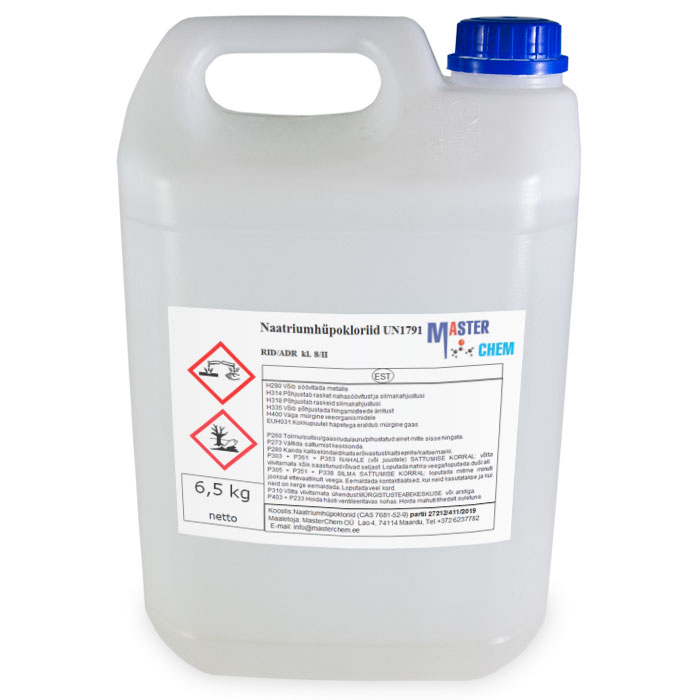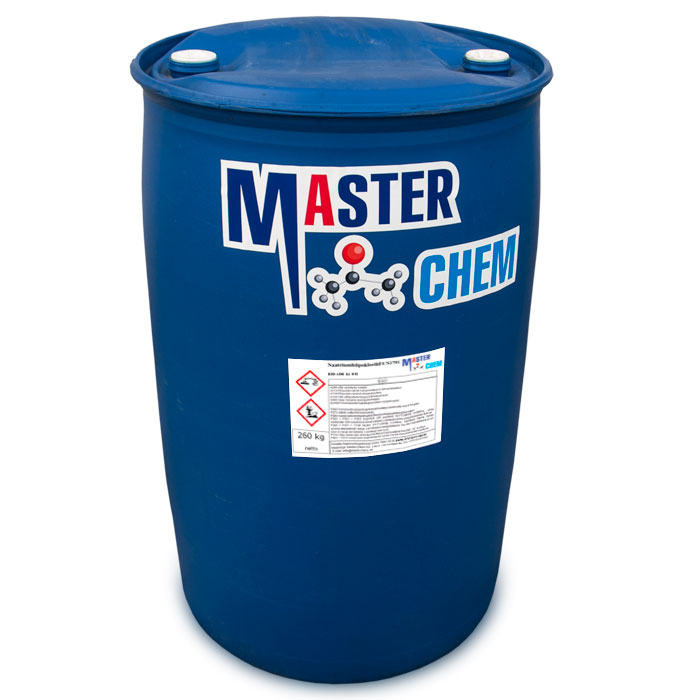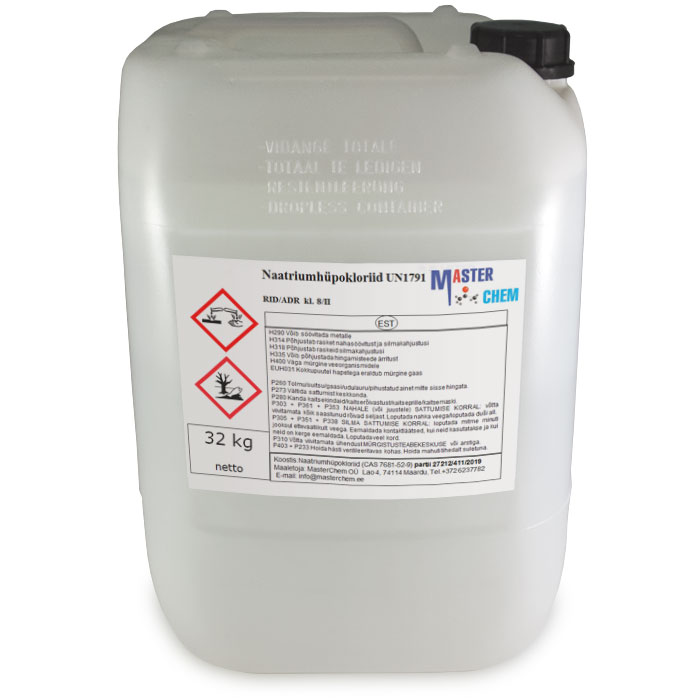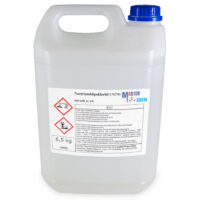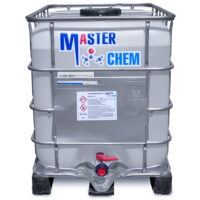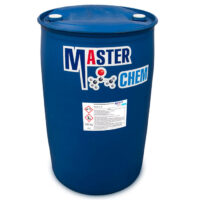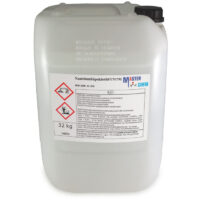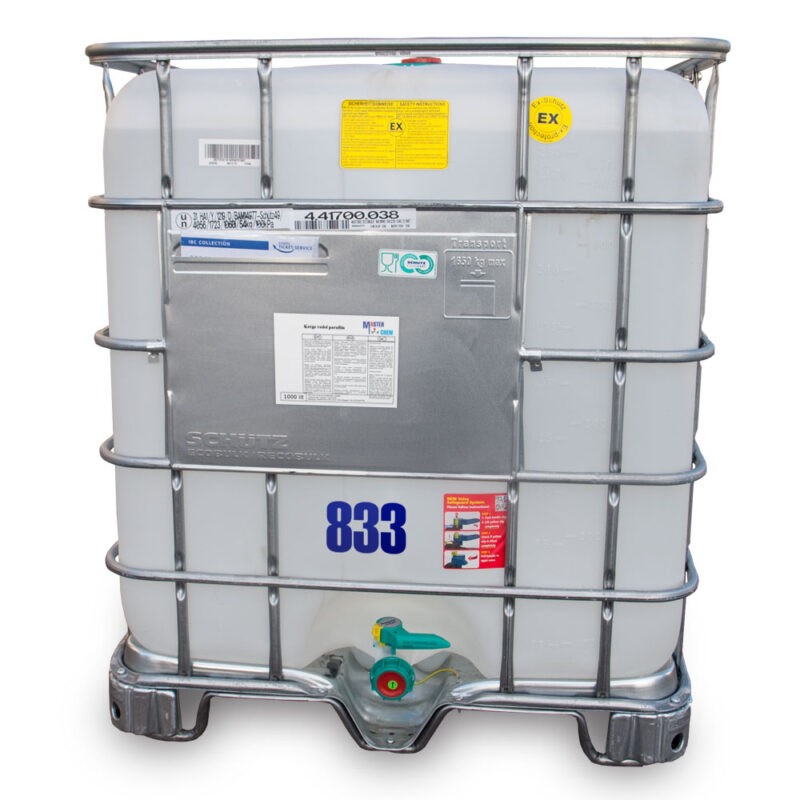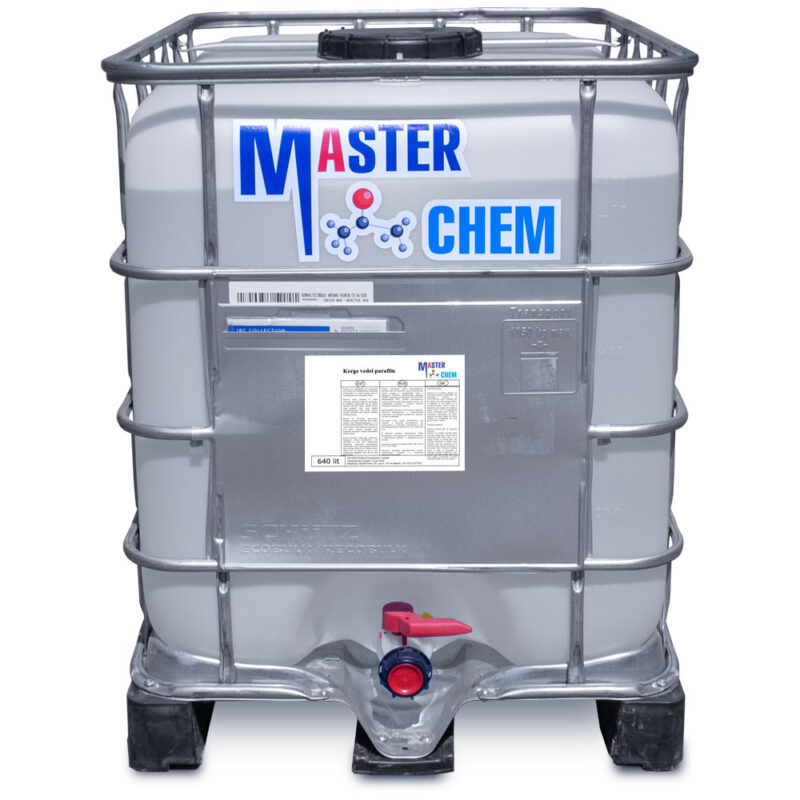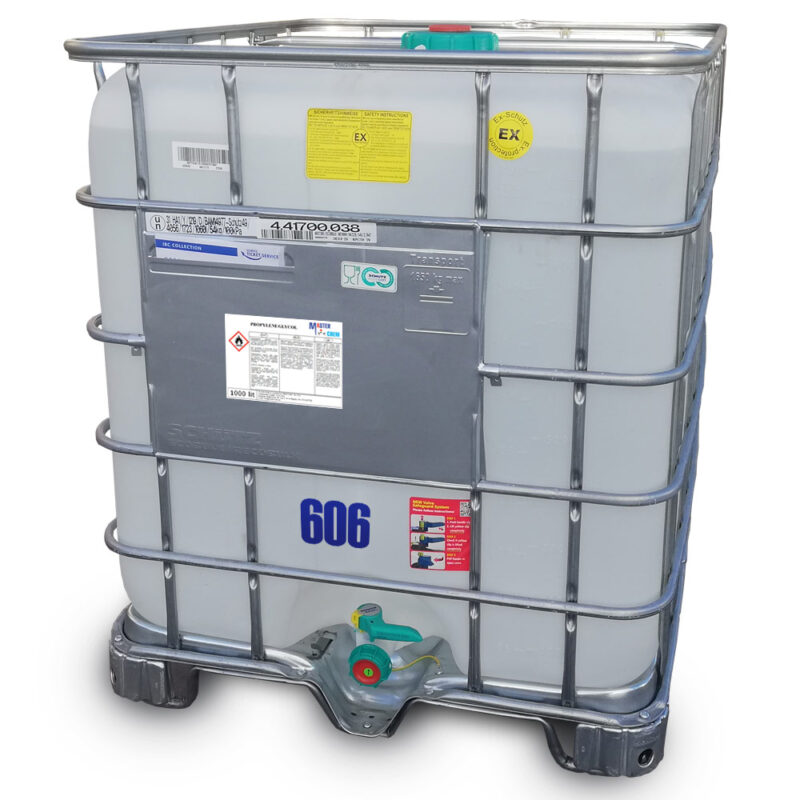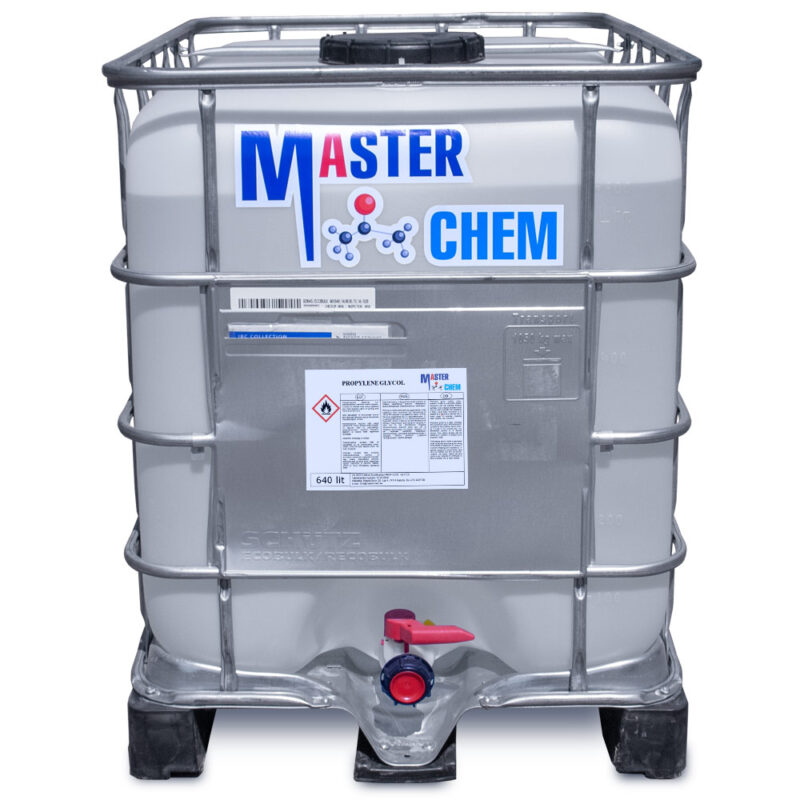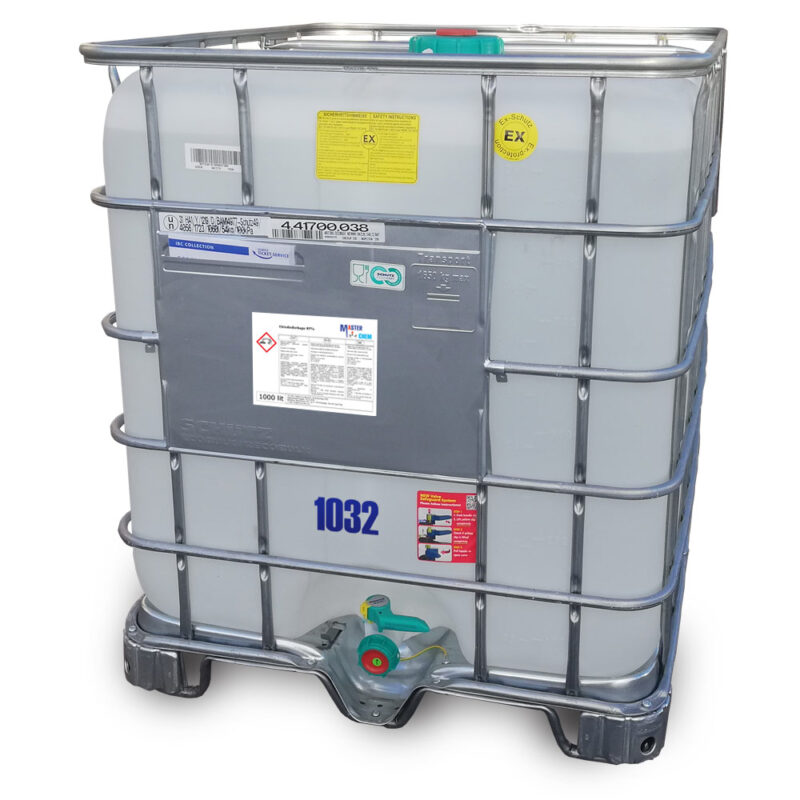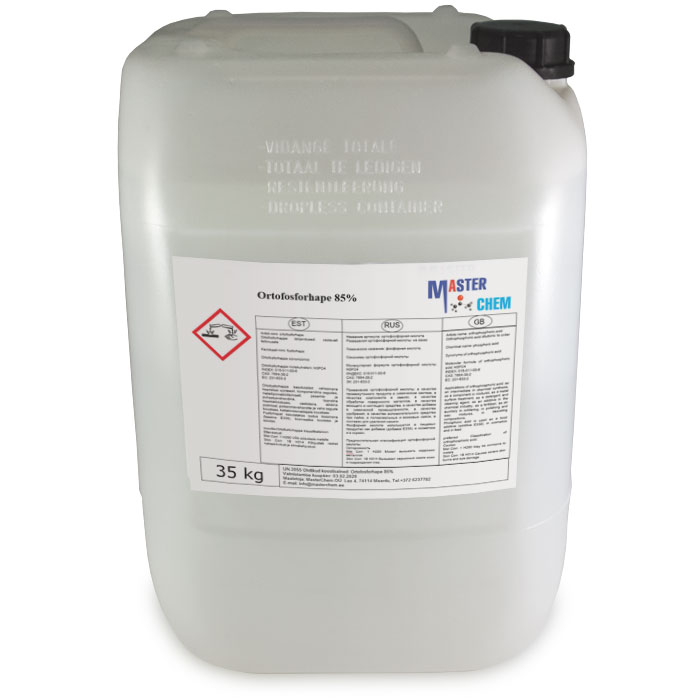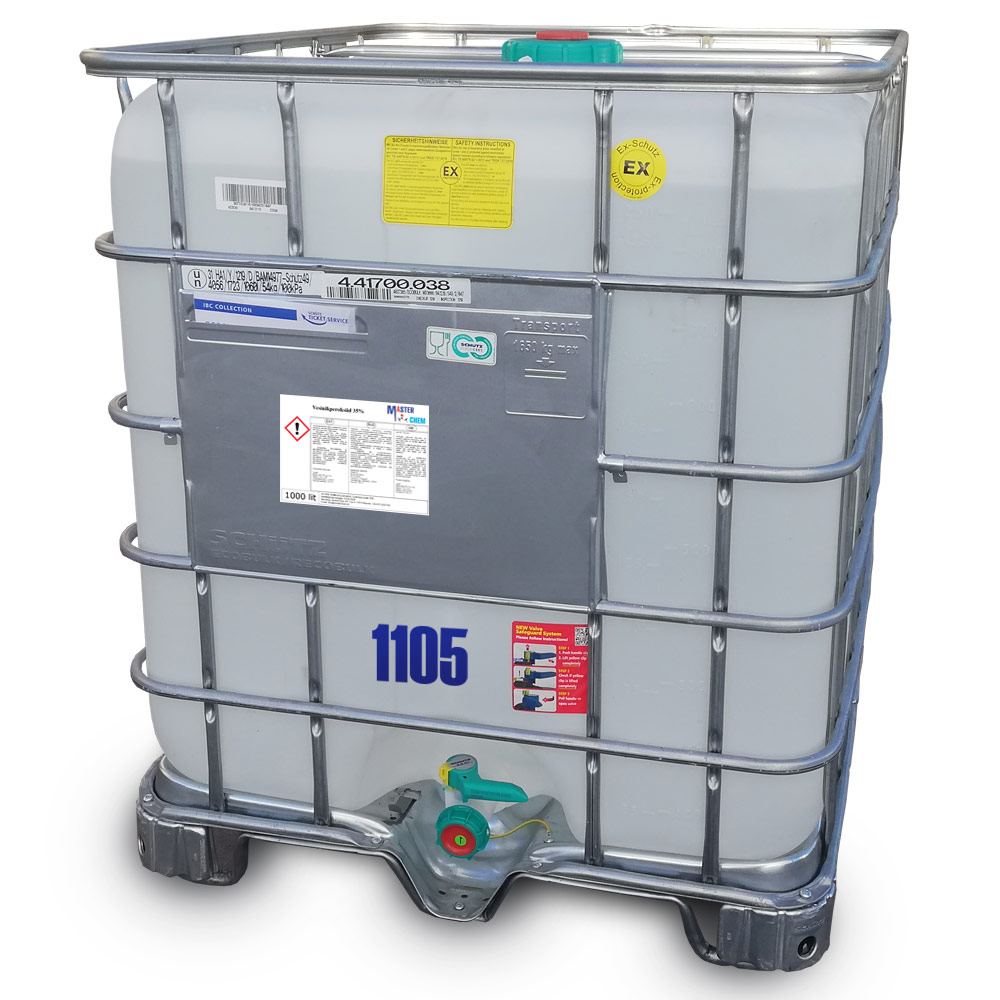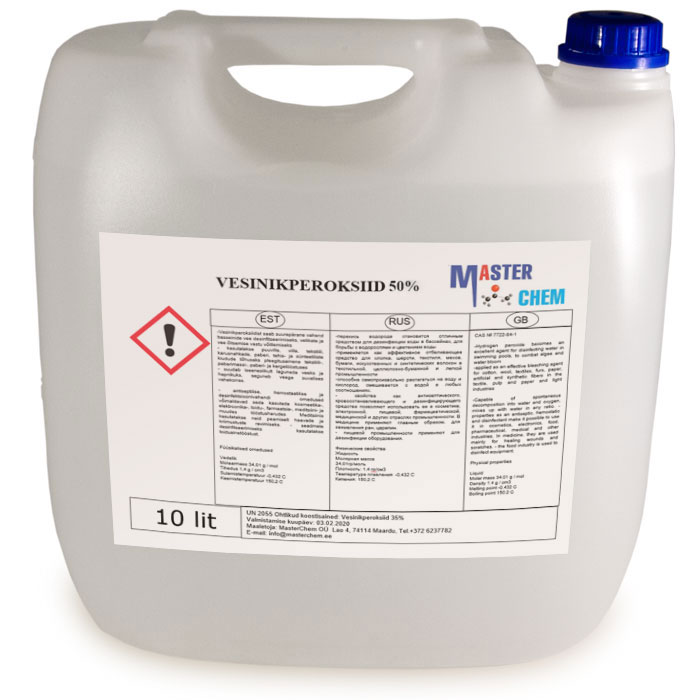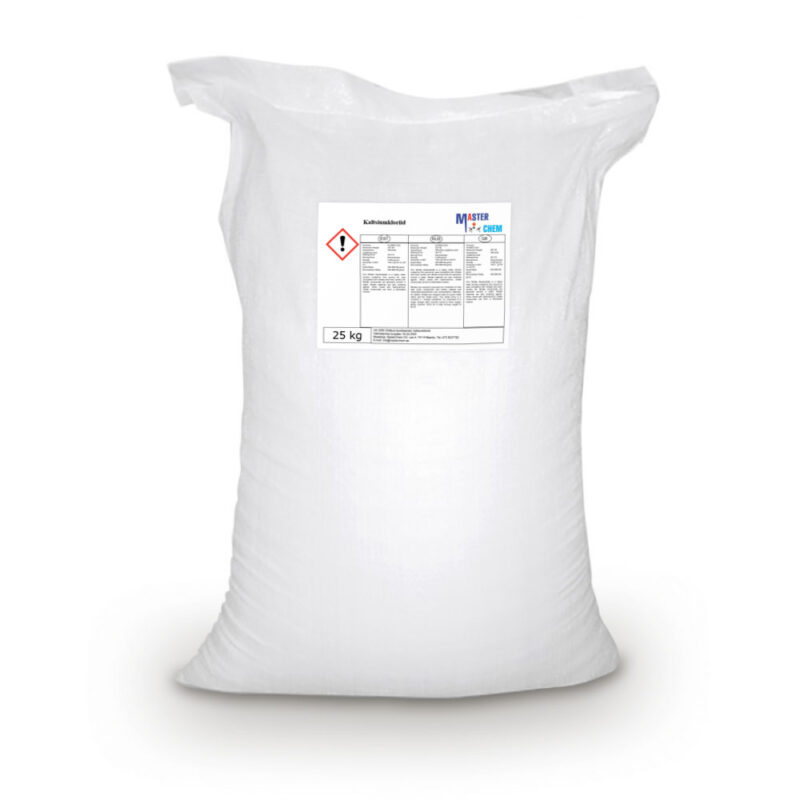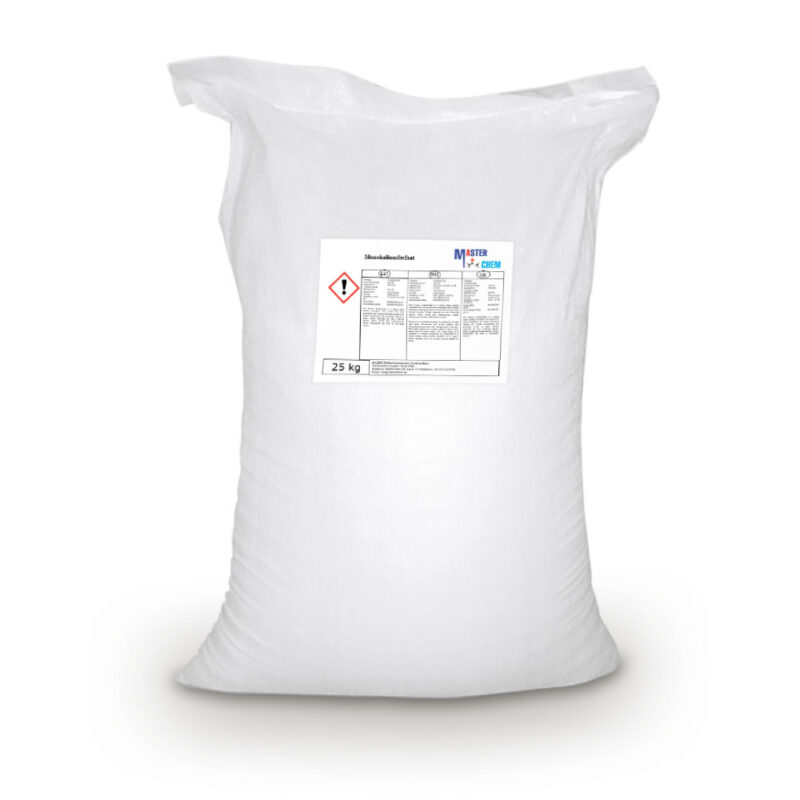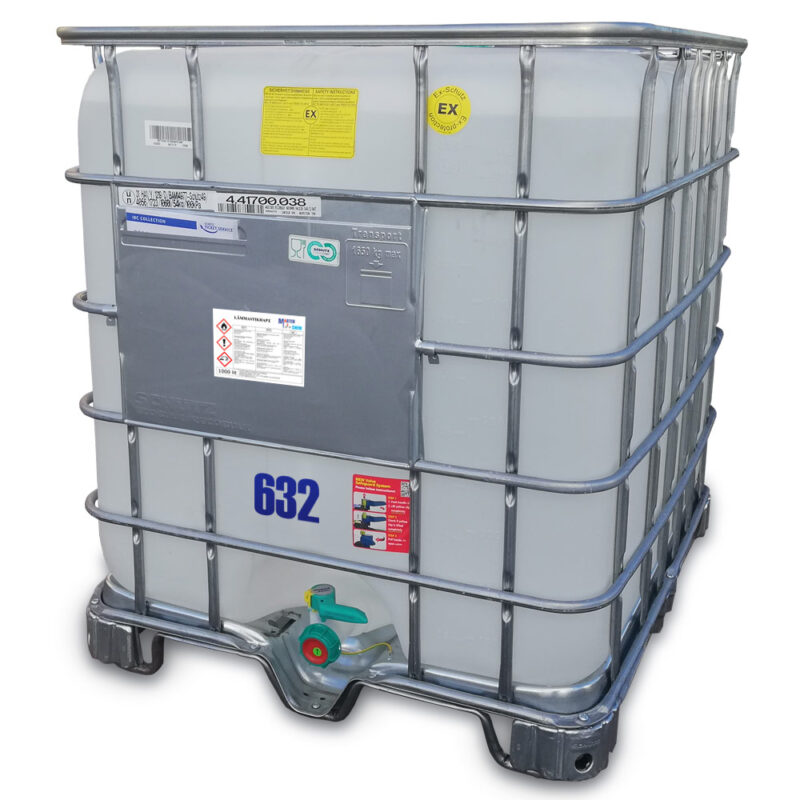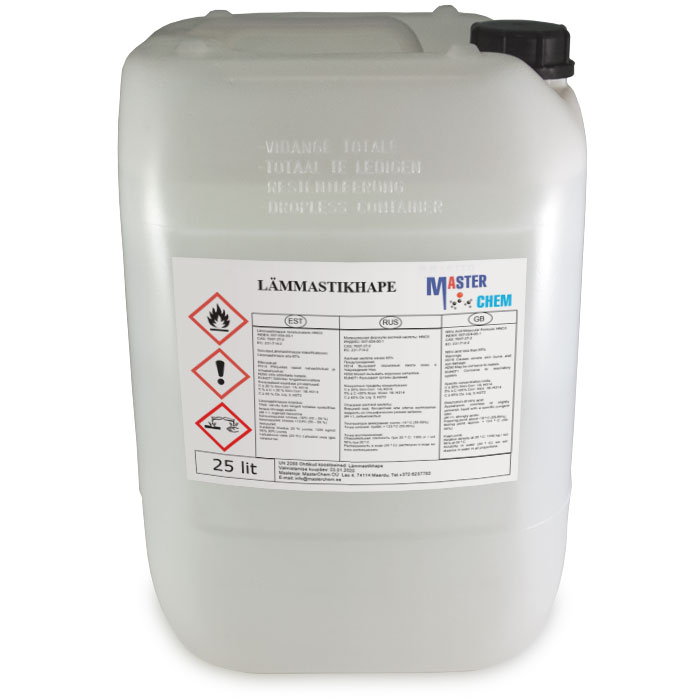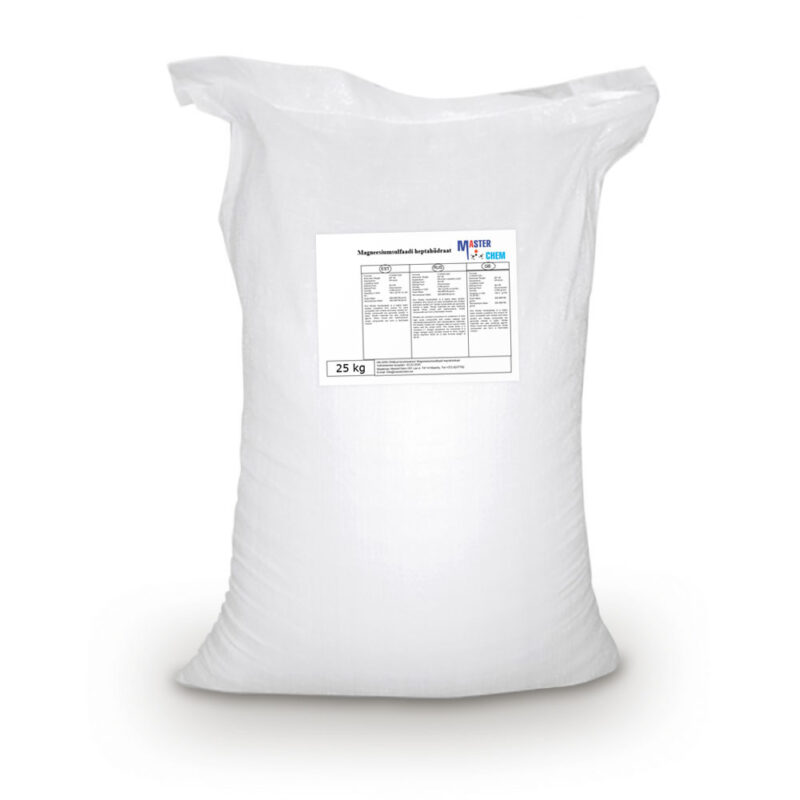Description
EINECS 231-668-3
Disinfection from COVID-19 should be done with 0.1-0.5% sodium hypochloride solution (WHO and Health Department recommendation)
Description:
Sodium hypochlorite (sodium hypochlorous) is an inorganic compound, the sodium salt of hypochlorous acid. The trivial (historical) name of an aqueous solution of salt is “labarraca water” or “javelic water”.
The compound in a free state is very unstable, usually used in the form of a relatively stable NaOCl · 5H2O pentahydrate or an aqueous solution having a characteristic pungent smell of chlorine and having high corrosive properties.
It has antiseptic and disinfectant effects. It is used as a household and industrial bleach and disinfectant, a means of cleaning and disinfecting water, an oxidizing agent for some processes of industrial chemical production. As a bactericidal and sterilizing agent it is used in medicine, food industry and agriculture.
Application in medicine.
In modern medical practice, antiseptic solutions of sodium hypochlorite are used mainly for external and local use as an antiviral, antifungal and bactericidal agent in the treatment of skin, mucous membranes and wounds. Hypochlorite is active against many gram-positive and gram-negative bacteria, most pathogenic fungi, viruses and protozoa, although its effectiveness decreases in the presence of blood or its components.
In dental practice, sodium hypochlorite is most widely used as an antiseptic irrigation solution (0.5–5.25% NaOCl concentration) in endodontics. The popularity of NaOCl is determined by the general availability and low cost of the solution, as well as the bactericidal and antiviral effect against such dangerous viruses as HIV, rotavirus, herpes virus, hepatitis A and B. There is evidence of the use of sodium hypochlorite for the treatment of viral hepatitis: it has a wide range of antiviral, detoxification and antioxidant effects. NaOCl solutions can be used to sterilize certain medical devices, patient care items, dishes, linen, toys, rooms, hard furniture, and plumbing equipment. Due to the high corrosivity, hypochlorite is not used for metal appliances and tools. We also note the use of sodium hypochlorite solutions in veterinary medicine: they are used to disinfect livestock buildings.
Industrial application.
Use as industrial bleach.
The use of sodium hypochlorite as a bleach is one of the priority areas of industrial use along with disinfection and purification of drinking water.
Typically, for industrial purposes, aqueous NaOCl solutions containing 10-12% of the active substance are used as bleach.
Sodium hypochlorite is widely used as a bleach and stain remover in the textile industry and industrial laundries and dry cleaners. It can be safely used for many types of fabrics, including cotton, polyester, nylon, acetate, linen, viscose and others. It is very effective in removing traces of soil and a wide range of stains, including blood, coffee, herbs, mustard, red wine, etc.
Sodium hypochlorite is also used in the pulp and paper industry for bleaching wood pulp. NaOCl bleaching usually follows the chlorination step and is one of the steps in the chemical processing of wood used to achieve a high degree of whiteness of the pulp. The processing of fibrous semi-finished products is carried out in special towers of hypochlorite bleaching in an alkaline environment (pH 8–9), at a temperature of 35–40 ° C, for 2-3 hours. During this process, lignin is oxidized and chlorinated, as well as the destruction of the chromophore groups of organic molecules.
Use as an industrial disinfectant.
Can be used in slaughterhouses, butchers, the fishing industry, the poultry industry, the ready-to-eat food industry, dairies, breweries, the beverage industry and the vegetable industry. For removing dirt from chicken, pork, beef and fish, and vegetables. For work surfaces, floors, walls, machines and conveyors.
pH 14
The widespread use of sodium hypochlorite as an industrial disinfectant is associated primarily with the following areas:
disinfection of drinking water before serving in the distribution system of urban water supply;
disinfection and algicidal treatment of water in swimming pools and ponds;
treatment of domestic and industrial wastewater, purification from organic and inorganic impurities;
in brewing, winemaking, dairy industry – disinfection of systems, pipelines, tanks;
fungicidal and bactericidal treatment of grain;
water disinfection of fishery ponds;
disinfection of technical rooms.
Hypochlorite as a disinfectant is part of some tools for in-line automated dishwashing and some other liquid synthetic detergents.
Packaging:
5 lit. plastic canister
25 lit plastic canister
200 lit plastic barrel UN
500 lit. UN container
1000 lit. UN container
Storage:
Store the product at temperatures between 0 ° C and +15 ° C and do not expose it to direct sunlight.
Physical properties:
It is soluble in water.
Density: 1.20 g / cm3 + -0.05 at 20 degrees C
Color: clear pale greenish-yellow liquid
Odor: strong smell of chlorine

